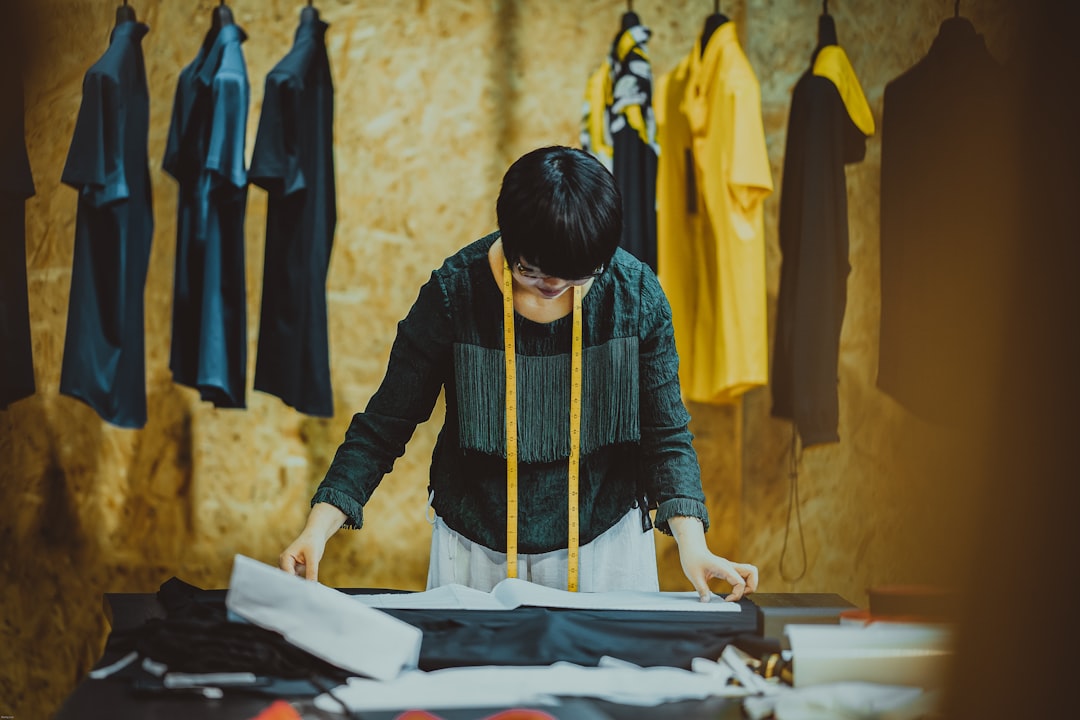Tailor/Dressmaker Kaihanga Kākahu
Tailors/dressmakers design, make, alter and repair clothing.
Tailors/dressmakers may do some or all of the following:
- discuss customers' clothing requirements
- take customers' measurements and fit clothing on customers
- estimate how much the clothing will cost to make
- source materials
- mark and cut the material according to the design
- sew clothing
- do alterations or add details such as padding to clothing
- design or alter patterns.
Physical Requirements
Tailors/dressmakers need to have good hand-eye co-ordination, normal colour vision and good eyesight (with or without corrective lenses).
Useful Experience
Useful experience for tailors/dressmakers includes:
- community or night courses in dressmaking
- work as a sewing machinist
- work in a clothing factory or workroom.
Personal Qualities
Tailors/dressmakers need to be:
- creative, with an eye for colour
- quick and neat
- accurate, with an eye for detail
- able to work well under pressure
- able to be honest with their clients about how clothes look on them
- good at customer service
- good communicators and listeners, with the ability to interpret a client's requirements.
Skills
Tailors/dressmakers need to have:
- sewing skills and knowledge of tailoring techniques
- knowledge of a range of sewing equipment
- understanding of garment construction, and pattern-making skills
- knowledge of human body shapes
- clothing design skills
- knowledge of different fashions
- knowledge of fabric types, colours and fabric care
- cutting skills.
Tailors/dressmakers who run their own business also need business skills.
Conditions
Tailors/dressmakers:
- work full or part-time hours. Self-employed tailors/dressmakers may work irregular hours, including evenings and weekends
- work in their own homes, workrooms, factories or showrooms
- may travel locally or to other areas to visit clients.
Subject Recommendations
A minimum of three years of secondary education is recommended. Useful subjects include design and visual communication (graphics), digital technologies, mathematics and processing technologies.
Related Courses
Tailor/Dressmakers can earn around $23 per hour.
Pay for tailors/dressmakers varies depending on skills and experience.
- Tailors/dressmakers can earn $23 or more an hour.
Sources: New Zealand Fashion Tech, 2017; and Competenz, 2017.
Tailors/dressmakers may progress to set up their own business, or with further training become garment technicians, patternmakers or fashion designers.
Tailors/dressmakers may specialise in:
- alterations
- wedding and special occasion gowns
- suits
- corporate wear
- work wear.
Years Of Training
There are no specific requirements to become a tailor/dressmaker. However, most employers prefer to hire people with sewing experience or qualifications, such as a New Zealand Certificate in Fashion Technology (Level 3).

 Southern Cross Campus
Southern Cross Campus